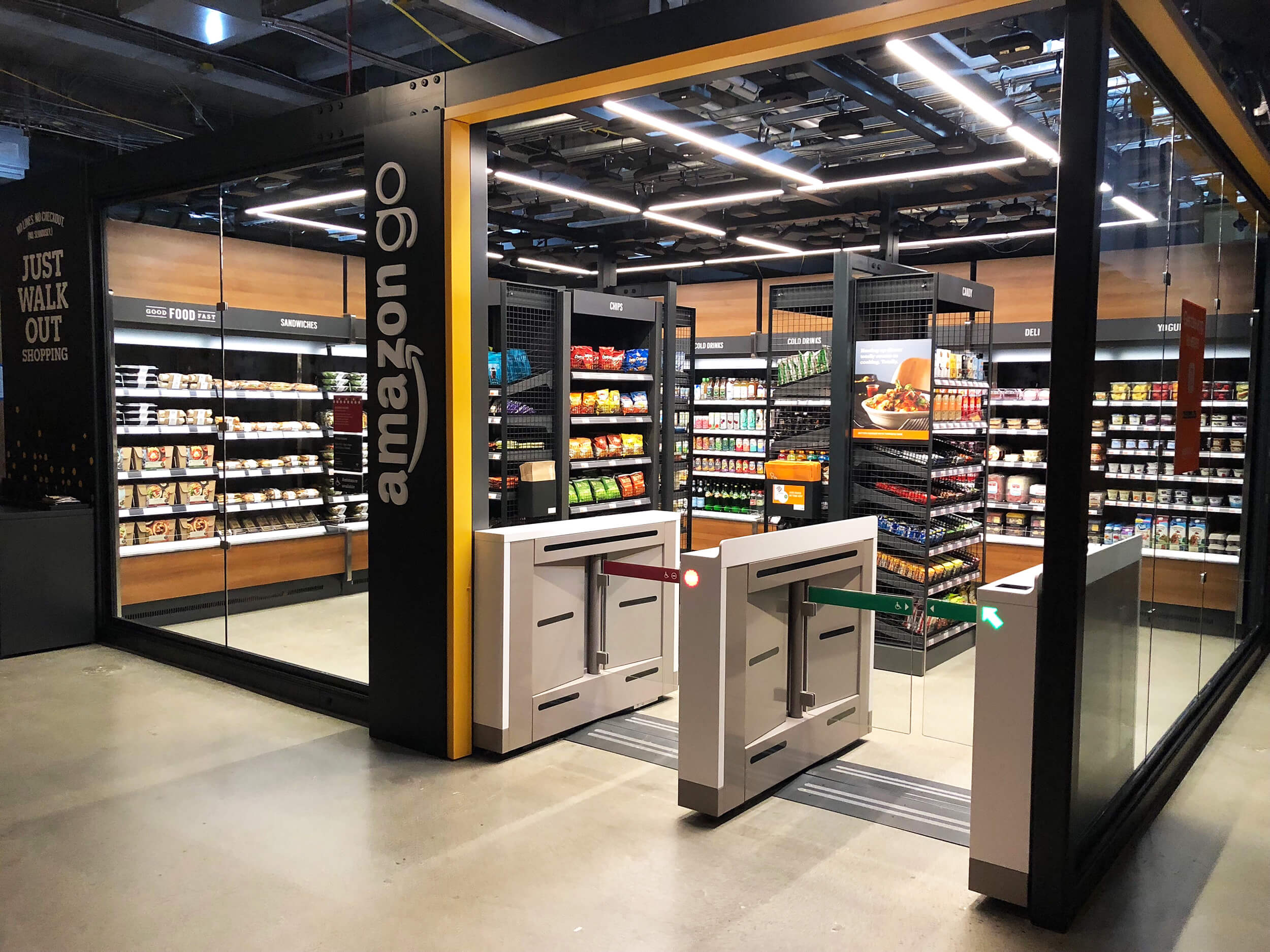Since it launched in beta format in 2016, and then opened to the public a year later, Amazon Go, the online retail giant’s stores without checkout lines, provides a textbook illustration of the use and development of technology.
Amazon’s plans to expand its network of stores, formulated before the pandemic, were ambitious: more than 3,000 by 2021 in locations including international airports, expanding the concept to larger and more sophisticated outlets, and above all, adapting the model into a technological platform for third parties.
Out of these original plans, the expansion of company-owned stores, hit by the pandemic lockdowns, has suffered the most: by March, only 35 Amazon Go stores have been opened: 32 in the United States, and three in the United Kingdom. But the company was able to scale up the model from its original convenience store concept to an entire supermarket with Amazon Go Grocery, as well as packaging it and turning it into a platform that has already seduced several major customers, such as Sainsbury’s in the United Kingdom — the second largest supermarket chain there, with 1,428 stores and 111,900 employees — Starbucks, which is already testing the model in Manhattan, and the U.S. chains Hudson Nonstop and T.D. Garden.
Meanwhile, the concept has been refined and perfected, reducing operating costs over the 2017 model by 96%, and with further savings projected through 2023. This involved simplifying the architecture and improving the supply chain, as well as giving managers greater freedom to aggressively discount merchandise close to its sell-by date, and even incorporating employees working from home to manually verify the accuracy of customer billing, among many other tasks. Remember that these savings are also realized in stores that already had some advantages over traditional supermarkets in that they already employed fewer people, with no need for checkout cashiers.
It says a lot about Amazon’s management model that a technology designed and tested in beta just a few years ago and refined by employees over the course of 12 months is now a platform that has reduced its operating costs and can be licensed to other customers in the retail world. Above all, it says a lot about the future of retail, which is increasingly moving towards that model: stores with no checkout line, where customers come in, take what they want off a shelf, and simply put it in their bag and leave; a much more efficient model than having people sitting at a checkout desk for hours on end scanning the contents of a shopping trolley.
This is the future of retailing, and an illustration of the improvements that can be expected from using technology-intensive business models. We will see how long it takes for the checkout free model to become the norm, following Amazon’s model and using its technology or that of its competitors, but we should expect to see stores with cashiers disappear, which might produce situations where some people in traditional stores will be confused and leave without paying, as well as how the millions of people who used to be supermarket cashiers around the world (more than 3.3 million in the United States alone, earning about $12/hour and an expected annual decrease of 10%) will have to find alternative employment.
Modern times indeed…





























